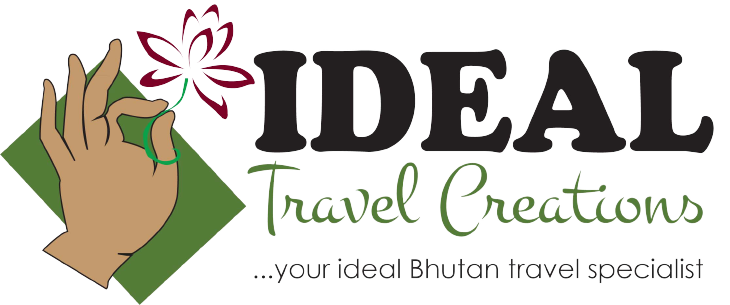Beautiful Bhutan is a 13 days itinerary designed for women travelers. The itinerary covers Paro, Thimphu, Punakha/Wangdue, Gangtey/Phobjikha, Trongsa and Bumthang. The itinerary is designed with activities suitable for women and sightseeing which would interest women. The tour also aims at giving women from around the world a fabulous experience in Bhutan and give a lot of opportunities for women travelers to interact and mingle with women in Bhutan.
This tour can be customized and combined with any other activities or interests as per the convenience, comfort and requirements of the travelers traveling to Bhutan.
Details about the package
What's included
- All meals (Breakfast, lunch and dinner)
Lunches may be provided in other tourist Restaurants or picnic lunches in certain cases - Accommodations;
Accommodations as per the choice of the guests
- Certified, English speaking guide throughout the tour
Language Guides may be available at an additional cost, however this shall entirely depend upon the requirements confirmed at the time of booking - Exclusive vehicle for all transfers as per the group size
- Entrance fees for museums and monuments
- Sustainable development fund
Indian Nationals – INR 1200 per person per night
Others – USD 100 per person per night - USD 40 Visa Fee (for travelers other than Indian Nationals)
- Other govt taxes applicable
- Cost related to planning and confirming your trip to Bhutan excluding within our premises. Additional Cost may be applicable in certain cases.
Complimentary
- Assistance with Bhutan Travel Info
- Guidance in planning your Bhutan tour
- Drinking water during the tour
- A traditional cultural show
- Hot stone bath in a village house
- National dress and Archery experience

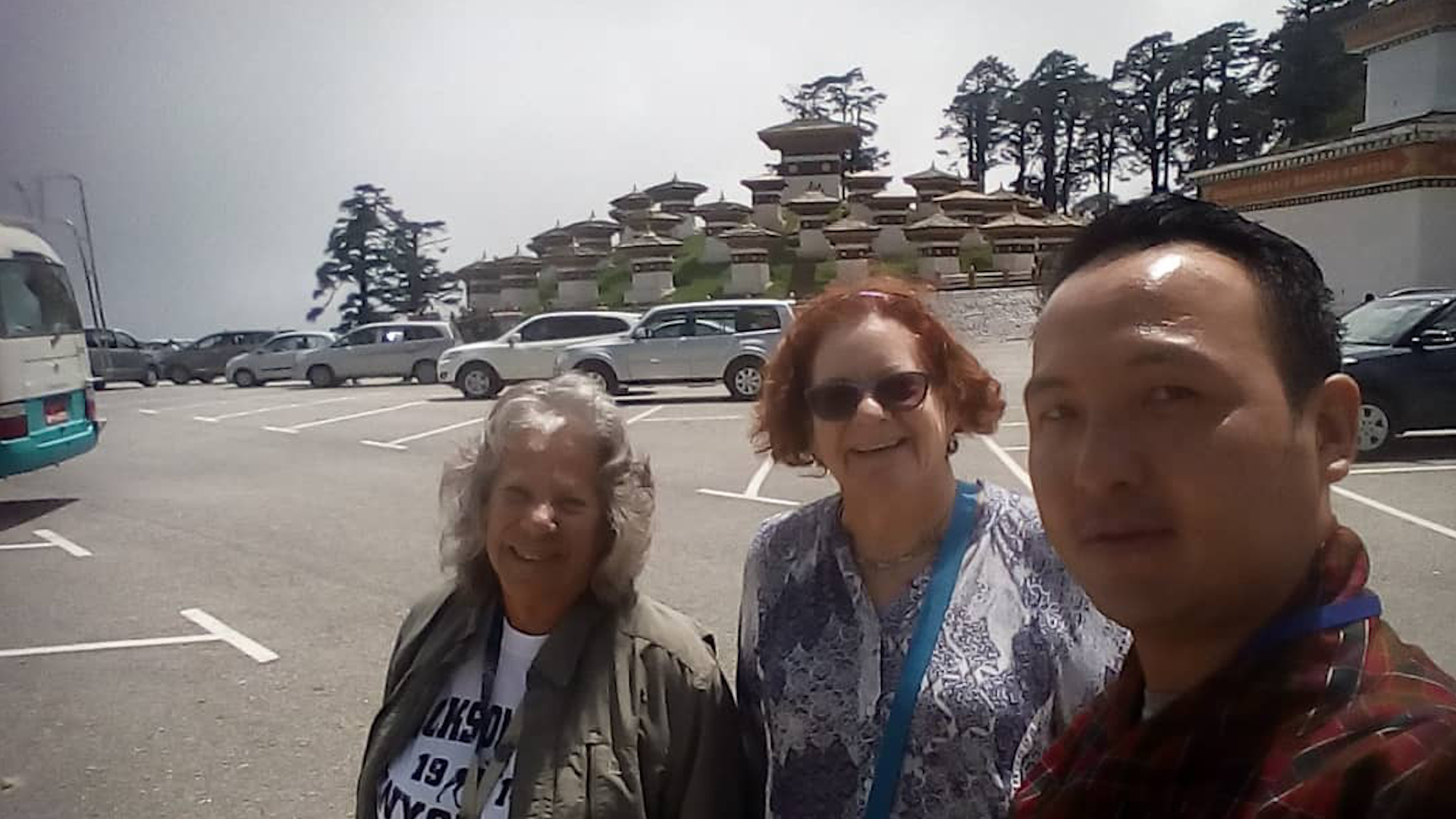


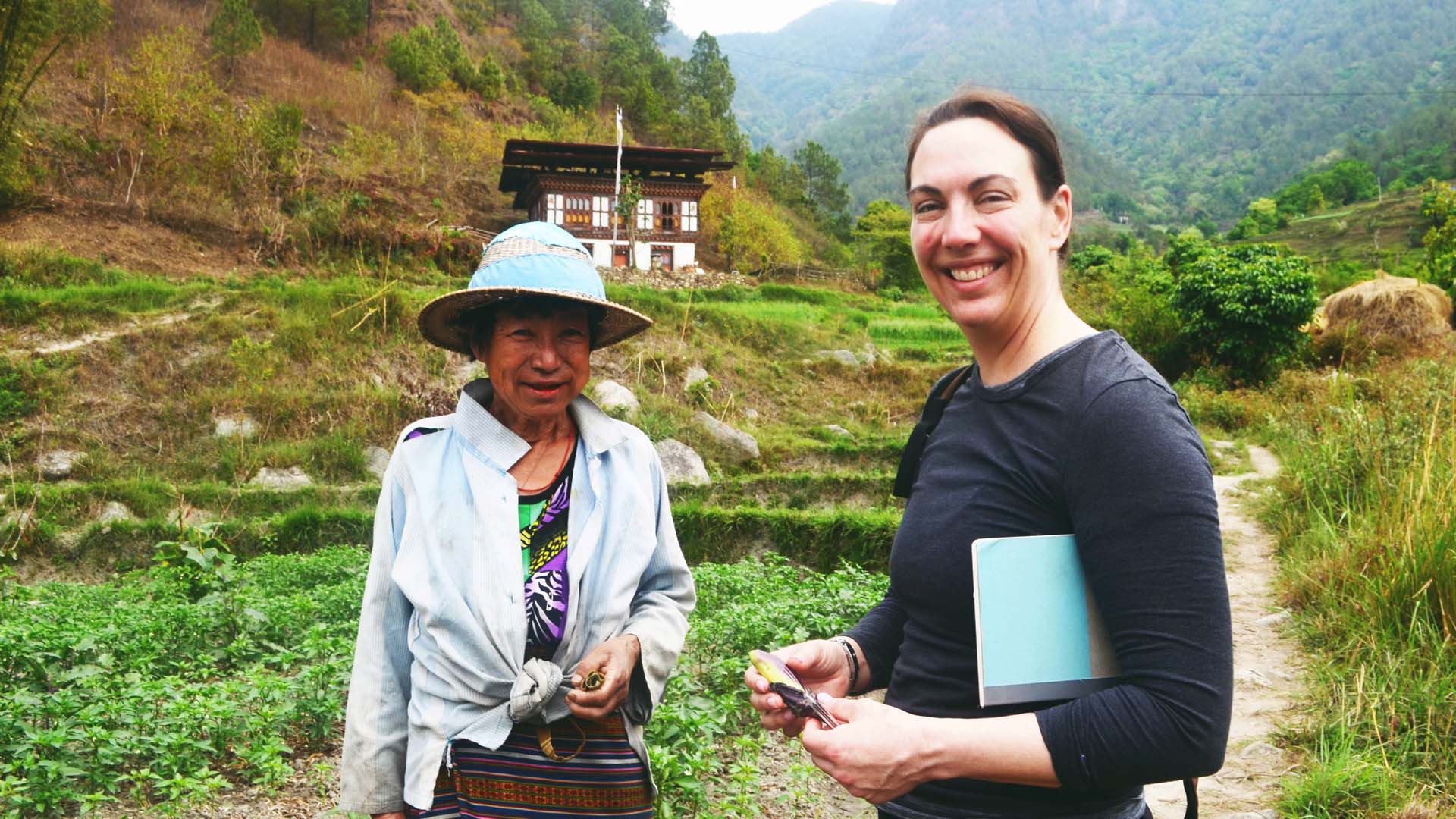
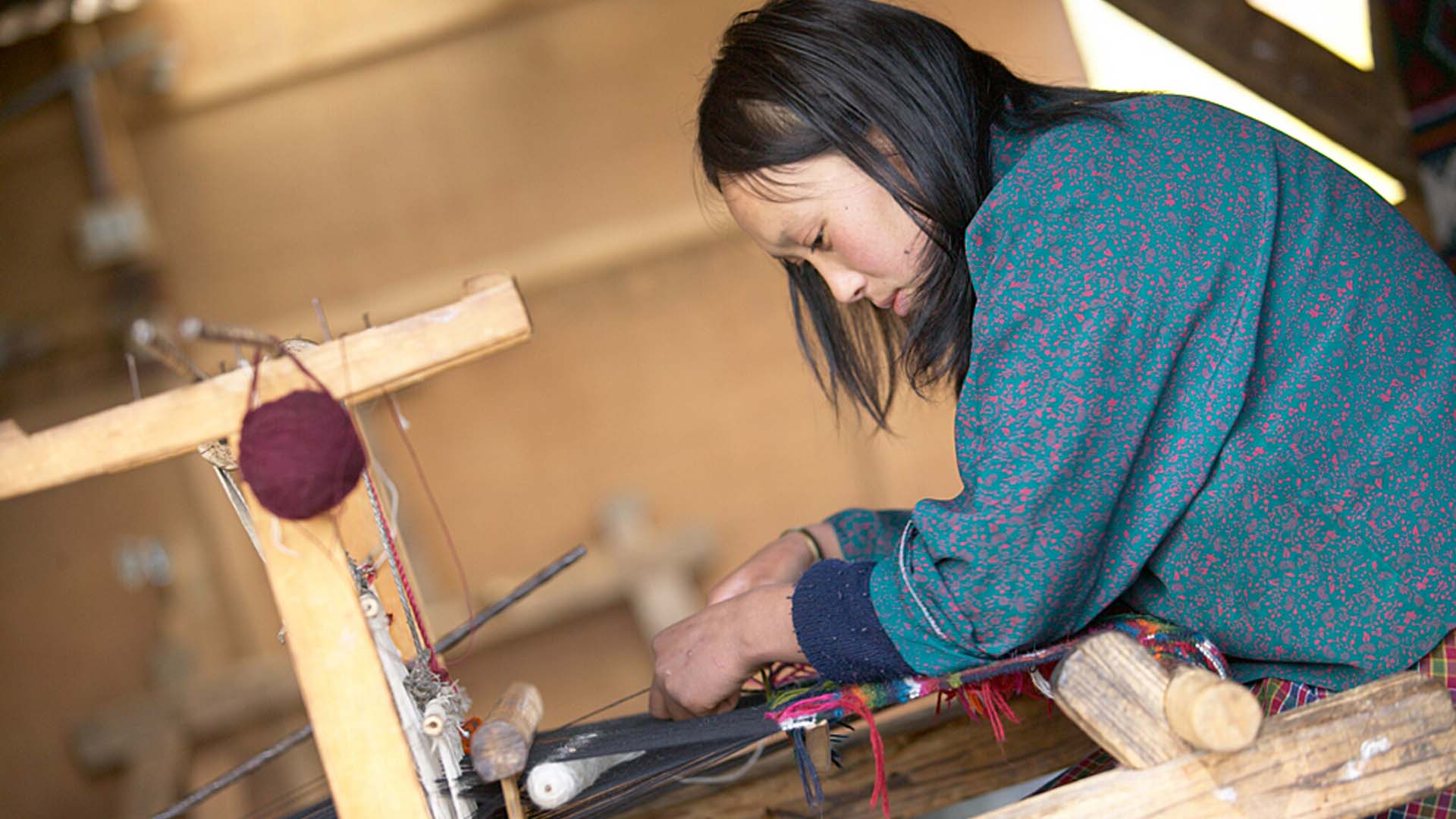
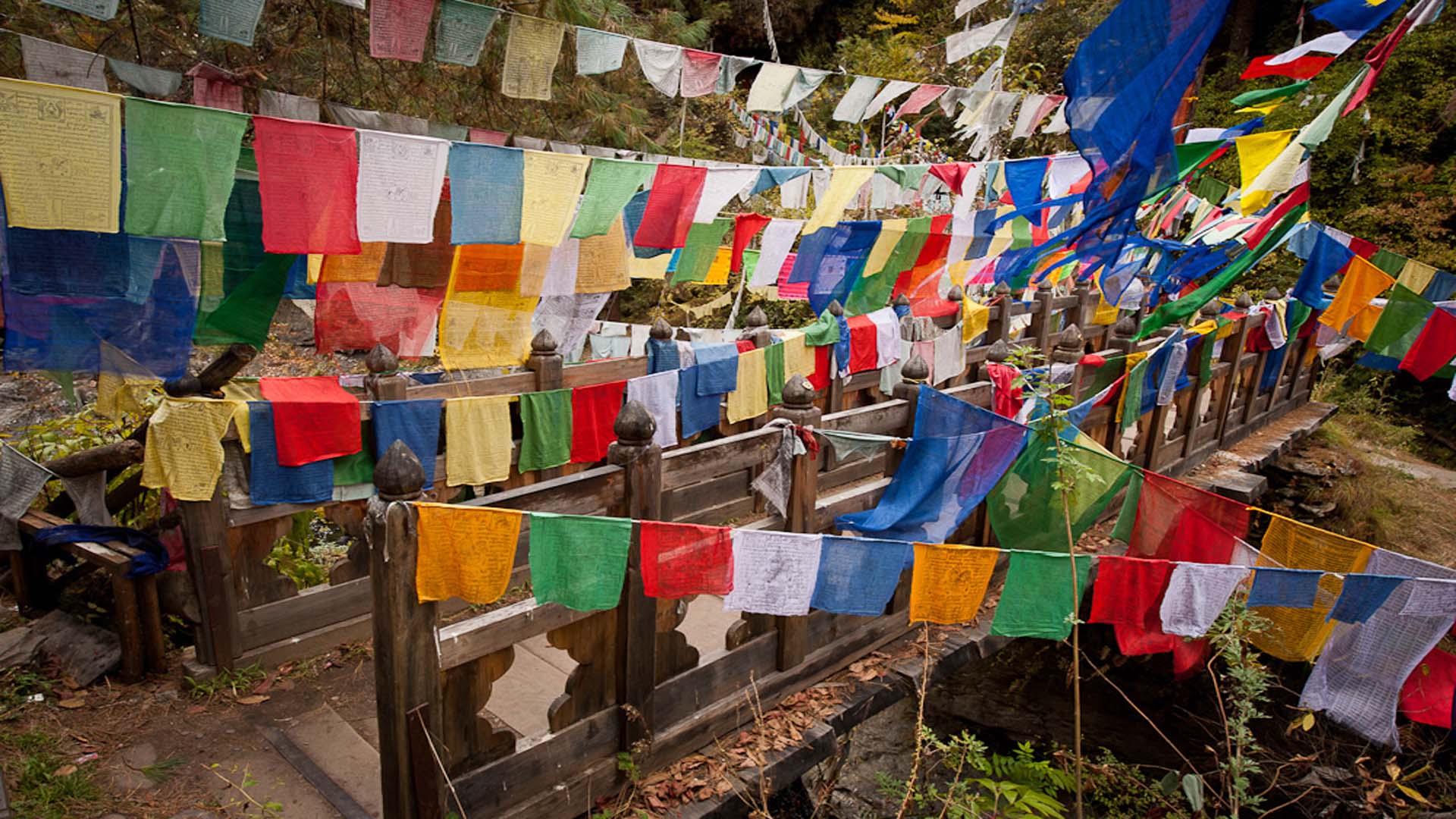
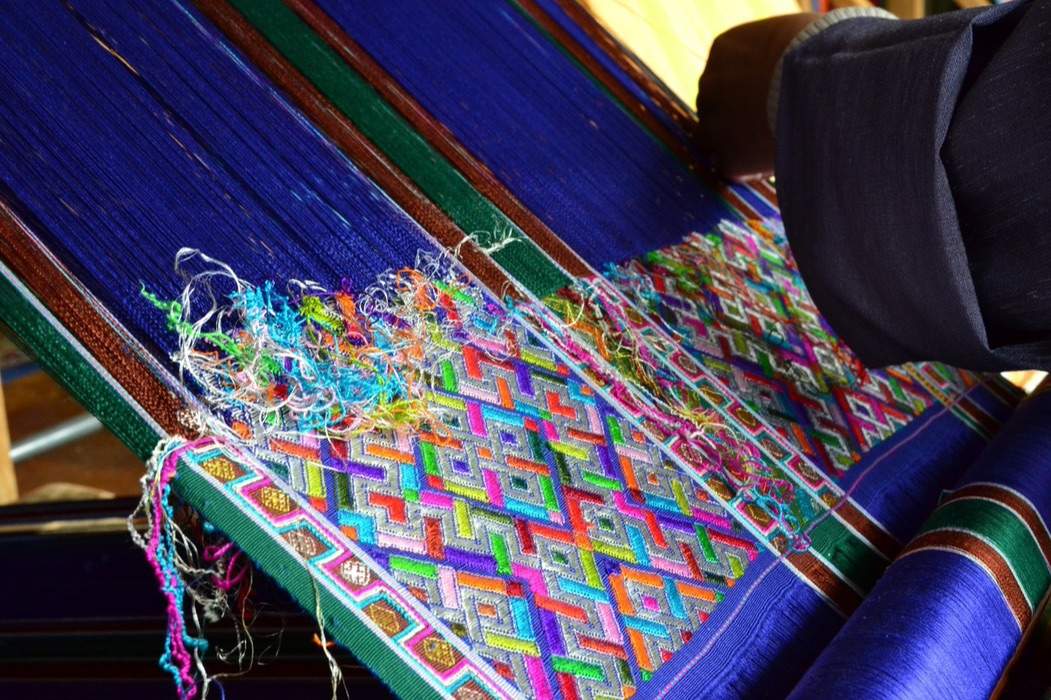
- Travel with women fellows making your tour comfortable exiting and adding to your freedom.
- Opportunities to do women based activities.
- Female guide
- Sightseeing as per interest of women.
- Visit less traveled places and one of the most beautiful places in Gangtey/Phobjikha and one of the most historical and beautiful places in Bumthang.
- Breathtaking views of the Himalayas and the nature from the Dochula pass, Lawala Pass, Pelela Pass and Yotongla Pass.
- Opportunities to walk around less touristy places and villages.
- Opportunity to explore Gangtey/Phobjikha valley (one of the most beautiful Glacial valleys in the Himalayas), Paro valley, Thimphu (the capital city of Bhutan without traffic lights) and the Punakha Valley (the old capital of Bhutan)
- Travel hassle free with your own guide and driver. Travel as per your convenience and visit places as per your interest. We are flexible with the itineraries except for the confirmed overnight destinations. Enjoy a real holiday.
- Personal attention by the tour operators.
- A private traditional cultural show and experience of the traditional hotel stone bath.
- Wonderful day hike to the abode of gods and monks, the world famous, Taktshang Monastery (Tigers’ nest)
- Visit to the age old Lhakhang (Monasteries/ temples) and dzongs ( Fortress)
- Opportunity to explore villages, visit to village houses and interact with local people.
- Trip Rating: Easy, Comfortable
- Travel Type: Nature, Culture, Walks, Hikes, Local Interactions & Experiences, Sights & Monuments
- Arrival: Paro international Airport
- Departure: Paro International Airport
- Duration: 12 Nights, 13 Days
- Destinations: Western and central Bhutan
- Possible Departures: Throughout the year
Travel Cost
Kindly write to us at idealtravelcreations@gmail.com for the travel cost as the cost varies for different months.
The cost does not include the following:
- All kinds of bank charges
- Single room supplement
- Personal expenses, such as phone, laundry, etc.
- Any form of insurance
- Any kinds of bottled drinks
- Flights fares – both domestic and international
- Gratitude and Tipping
- Extra activities such as rafting, cycling, horse ride
(if not included in the inclusion or complimentary) - All kinds of additional expenses due to unforeseen contingencies whether man-made of natural
- Anything not mentioned in the cost inclusion during the confirmation of the trip
Notes
- We reserve the right to change the itinerary or hotels anytime as may be required to, in case of unforeseen contingencies (natural/man made) or unavailability of hotels or any other services such as flights and transport.
- Some of the sites to be visited may be closed on government holidays or during breaks. In such cases we shall do other sightseeing in its place.
- This itinerary can be tailor made for any duration or within any destination and can be combined with any kind of activities such as trekking, rafting, walking tour, cycling , etc
- It is advisable to book tours in Bhutan at least 6 months prior to the travel date because of limited Bhutan tourism infrastructures and inventories.
- Except for the planning, guidance and information phase, all bookings are confirmed only after the receipt of the tour payment.
Cancellation Policies
- We shall charge a minimal amount of USD 30 as administrative charges for any bookings cancelled more than a month before the date of travel.
- 25% of the payment shall be charged as cancellation charges for any bookings cancelled within one month to 16 days from date of travel.
- 50% of the payment shall be charged as cancellation charges for any bookings cancelled within 15 days to 7 days from date of travel.
- 100% cancellation charges shall be applicable for any any bookings cancelled within 6 days from date of travel or no show
- Cancellation charges shall also depend upon the policies of the parties from whom we have taken the services such as hotels and airlines. The cancellation charges levied by the external parties shall be applicable incase it exceeds the amount as mentioned above in points 1 – 4.
Itinerary
On your journey to Paro, the panoramic views of the Himalayas are sensational, including the Everest and other famous Himalayan Peaks. The approach through the Bhutanese foothills and the landing, including a few steep turns to land at the tiny airstrip of Paro becomes more exciting as you enter Bhutan. Many travelers have termed the landing very much adventurous.
On arrival you will be received by Bhutanese lady guide and escort you to Hotel.
If the group is big, most of you might not know your fellow travelers properly. So the first day in Bhutan would be the best time to know each other and become friends.
A good platform to make the above lines happen would be to relax and chat.
After lunch, drive a short distance for a traditional hot stone bath, chat and know your fellow travelers better as you relax in the water. The hot stone bath helps relaxing and is said to have medicinal values.
Hot stone bath: The traditional Bhutanese hot stone bath, known as Dotsho in local language has been practiced in Bhutan for centuries as a medicinal soak. Many Bhutanese believe that the bath helps in curing joint pains, helps in relaxing and other medical problems. River stones are heated and then put in water to heat the water; sometime medicinal herbs are added to the water before it is ready for the soak.
Being there shall help you relax and get to know your fellow travelers better, and now you are ready to experience Bhutan in high spirits
Dinner and over night in Hotel.
Starting your tour with a hike to the abode of gods and monks would be a pretty good start. A group of friends walking up hill, helping each other and sharing their experiences shall be a good experience indeed. It shall be taken care of that the time shall be yours for the hike, no hurries and no worries.
Reaching the top shall be worth the climb; the touch of the Himalayan breeze and views of the valley below and temple on the rocky cliff shall be fascinating.
Taktshang Monastery; The primary lhakhang was built surrounding Guru Rimpoche’s Meditation cave in the 1684 by Gyaltse Tenzin Rabgay. This incredible monastery clings to the edge of a sheer Rock cliff that plunges 900 meters into the valley below. Legend has it that Guru Padmasambhava flew here on the back of a tigress. It is a two to three hours excursion uphill; however, one feels truly blessed reaching the monastery.
Today’s dinner will be a pure Bhutanese dinner in a typical Bhutanese house.
After lunch, visit a Bhutanese house. Meet the owner and interact with her with regards to the plans for today’s dinner. We would encourage you to take part in preparing today’s typical Bhutanese dinner. A new experience and feeling, the group work should be something that you would cherish your whole life.
Dinner at the Bhutanese farm House. Overnight in Hotel.
After breakfast, visit,
Rinpung Dzong: Meaning “fortress of the heap of jewels”. The dzong now serves as the administrative and judicial seat of Paro district and residence for around 200 monks of Paro and was built at the same time of Drukgyel Dzong.The famous Paro tshechhu (festival) is held here in spring.
Ta Dzong: It overlooks the Rimpung Dzong and was built in 1951 as a watch tower. This dzong is Round, more like parts of a European castle. The Dzong was established as the National Museum of Bhutan since 1967 and holds fascinating collection of arts, relics, religious thangkha, etc.
After lunch, drive to Thimphu. While in Thimphu visit the The Centennial farmers Market
The Centennial farmers Market (Thimphu’s Vegetable Market): This Market was built inaugurated in the year in the year 2008 coinciding the coronation of our fifth King. This market supplies the residence of Thimphu with their needs for the kitchen. This is the main hub for the supplies of fruits, vegetables and meat. Exploring the market and interacting with different mothers of the country trying to communicate in diverse language would be an interesting way to spend this part of time.
More of what I could not describe in words here shall be seen and experienced when you visit the market.
Please follow the instructions of your guide and seek her advice before an interaction with a local.
In the evening, visit,
Sangaygang view point: (2685 meters) to have view of whole Thimphu valley and walk through hundreds of colorful prayer flags that dot the hill overlooking the Thimphu valley.
Takin Reserve Centre. The takin, the national animal of Bhutan can be seen here. This particular animal is found only in the Himalayan region.
Tashichho Dzong (Fortress of the Glorious Religion): A Doom (Blue Stone) Dzong was built on the hill above Thimphu in 1216 the lama Gyalwa Lhanampa. A few years later Lama Phajo Drugom Shigpo, who brought the Drukpa Kagyu lineage to Bhutan, took over Dohon Dzong. Zhabdrung Ngawang Namgyal (The one who unified the country) acquired the Dzong in 1641 from the descendants of lama Phajo and renamed it as Trashi Chhoe Dzong. The Dzong is the seat of the national government and the Central Monastic Body, including the summer residence of the Je Khenpo (Chief Abbot of Bhutan) at present.
Dinner and over night in Hotel.
Today’s morning shall start with the following places you would like to visit.
Kuenselphodrang: A place for refreshing with a huge statue of Buddha on the top of the Kuenselphodrang. The area also gives a very good view of the Thimphu valley from the west.
Textile Museum: The museum showcases theliving national art of Bhutanese weaving. Operated by the National Commission for Cultural Affairs in Bhutan, the Museum was established in 2001. Since its establishment the museum has a substantial collection of antique textile artifacts, exclusive to Bhutan and has generated national and international attention.
Simply Bhutan: Inaugurated by Her Majesty the Queen Mother, Tshering Pem Wangchuck, This is the first living museum in the country. It depicts ancient Bhutan and the Bhutanese ways of life in the ancient times. It has an altar, a photo studio, a Zhabdrung museum, a traditional Bhutanese kitchen, demonstration stalls of textiles and handmade products and cafe offering butter tea Suja, snacks and a souvenir shop
After lunch, visit the Jewelry and Handicraft Shops in the town.
In the evening, interaction with our Bhutanese women host in regards to “Women in Bhutan”.
Dinner and over night in Bhutan.
After breakfast, drive to Punakha. On the way,stop for awhile in Dochula.
Dochula pass is the most known pass in Bhutan, about 30 km drive from the Capital City Thimphu on the way to Wangduephodrang/Punakha. It is at around 3150 mt height. On a clear day, spectacular view of the mighty Himalayas mountain ranges can be seen. The pass also has 108 Druk Wangyal Khangzang Chhortens which is believed to bring multi fold merit to all sentient beings and which make the pass a must visit place.
Drive to Punakha.
Visit Chhimi Lhakhang: This temple is located on the way to Punakha. This temple is also known as the temple of fertility and was built by Lama Drukpa Kuenley in the 15th century. Lama Drukpa Kuenley is also known as the Devine Madman.
In the evening, leisure time for exploring the Punakha town and valley,
Dinner and over night in hotel.
After breakfast,visit,
The Punakha Dzong: This Dzong was built by the Zhabdrung Ngawang Namgyal in 1637. It is built at the junction the Pho Chu and Mo Chu Rivers. The annual Punakha Tsechhu(Festival) is held here. The monk body resides in this dzong in winter.
Drive to Gangtey.
Being in Phobjikha gives you the opportunity to experience two good things:
1. Undisturbed, beautiful and tranquil nature where you can get lost in yourself.
2. Unique and traditional lifestyle, people and villages.
Visit villages and meet people also visit women weaving and may be you can try it out… the traditional Bhutanese weaving. Also visit the Phobjikha school, (Only on government working days and within the school time) you shall love the kids there
Dinner and overnight in Hotel.
The journey is fascinating and probably you should sing as you travel, making it a perfect travel experience… Be in High spirits.
While in Trongsa, visit
Trongsa Dzong; The most impressive Dzong in Bhutan. The Dzong was built by Chogyal Minjur Tempa, the official who was sent by Zhabdrung to unify Eastern Bhutan and enlarged at the end of the 17th century by Desi Tenzin Rabgay. Trongsa Dzong is the ancestral home of the present Royal Family. The first two hereditary kings ruled Bhutan from this Dzong.
Ta Dzong; An ancient watch tower. The chapel inside is said to be dedicated to the Trongsa Penlop, Jigme Namgyal.
Drive to Chummey valley in Bumthang. Over Night in Hotel.
After breakfast, drive to the Yathra and Mathra (wool woven Bhutanese clothes) weaving Centre in Chhumey valley. Spend some time here, interacting and the local women weavers and probably trying to learn weaving.
After lunch, drive to Chamkhar Valley (the main Bumthang town).
Drive to Bathpalathang and visit the cheese, juice and wine making factory. You may taste the locally made cheese and the winer here.
In the evening, take a walk around the Bumthang valley. Dinner and over night in hotel.
Today is a full sightseeing day.
After breakfast, sightseeing includes;
Jakar Dzong : Literally meaning the Castle of White Bird. The current structure was built in 1667.
Lamey Goemba : A large palace and monastery built in 18th century by Dasho Phuntsho Wangdi.
Jambay Lhakhang : built by King Srongsen Gampo of Tibet. In October one of the most spectacular festival, “Jambay Lhakhang Drup” is staged here.
Chakhar Lhakhang: Literally meaning the Iron Castle, the original palace was made of Iron and hence the name “Chakhar”.
Kurjey Lhakhang: Named after body print of Guru Rimpoche.
After lunch, signtseeing includes:
Tamshing Lhakhang: Literally meaning the Temple of the good message, established in 1501 by Pema Lingpa .
Membarstho : Literally meaning, “The burning Lake”.
Dinner and over night in hotel.
After breakfast, drive to Wangdue.
Dinner and over night in hotel.
After breakfast, drive to Thimphu. On the way stop at Lamperi to visit the Royal Botanical Park.
Royal Botanical Park – Situated at an altitude range of 2100 meters – 3800 meters, the park covers an area of 47 square kilometers and is located between Thimphu and Punakha. The park contains a rich biodiversity of flora and fauna and features a huge species of plants and animals including endangered species such as Himalayan yew, native Rhododendron, Royal Bengal Tiger, , Musk Deer, Red Panda, Blood pheasants and Himalayan Monal. You can also find Tetracentron (an ancient relict angiosperm with no vessel in its trunk) in the park. The park has 14.5 km of trails for eco trek for cycling and walking and one of the main attractions is the rhododendron garden including a picnic spot with children’s play ground.
After spending some time in the park drive to Thimphu.
After lunch, visit the Botanical Garden,
Royal Botanical garden: situated 15 km south of the Thimphu city. The garden was established in 1999. You can see several areas of interest in the garden. It consists of medicinal plants and flowering plants and is a perfect place for picnic. The garden sees a good number of local visitors during the holidays. It offers a peaceful and relaxing environment and is a good place of interest for people who love flowers and plants including the views.
The evening has a very good time stored for you. Feel at home in a company of local Bhutanese working women, a time to share experiences, a time to taste the local Bhutanese wine (rice wine), a time to know and let know about the lives of women in two completely different parts of the world, a dinner with new friends.
Over night in Hotel.
Today is a time for yourself. You have the whole day for shopping to walk around, visit parlors. By now you know Bhutan
Before going out it is important to plan with your guide how to go about and please ensure that your guide is always near around. If necessary we shall provide extra guides for the day.
In the evening, drive to Paro.
After breakfast, drive to Airport and farewell with new experiences and memories to cherish back at home.
Book this tour
Worth a Look
Similar Packages
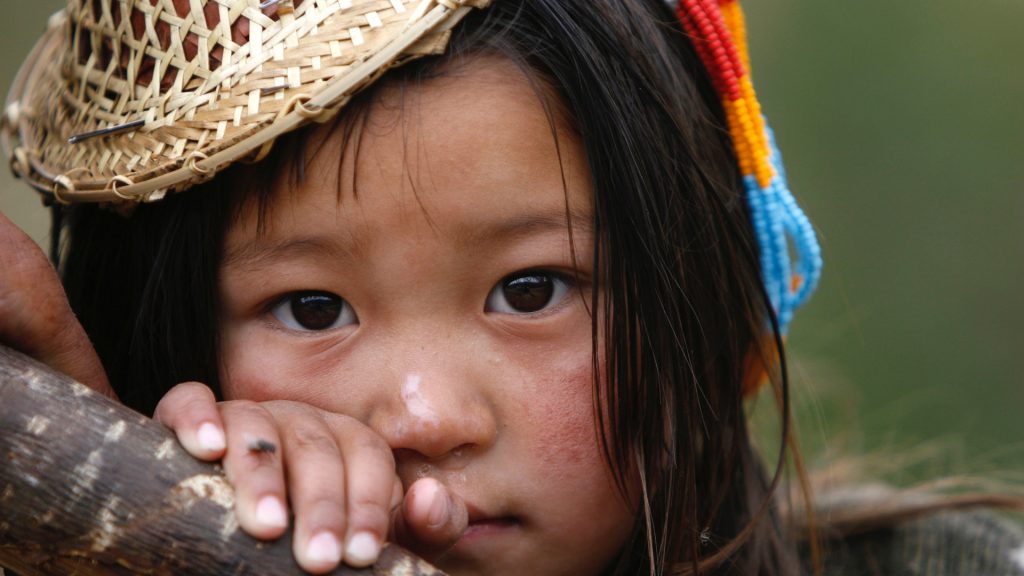
Nature & Cultural delight
- 13 Nights Cultural Tour in Bhutan
- Special Discounts available
- USD 4395 onwards
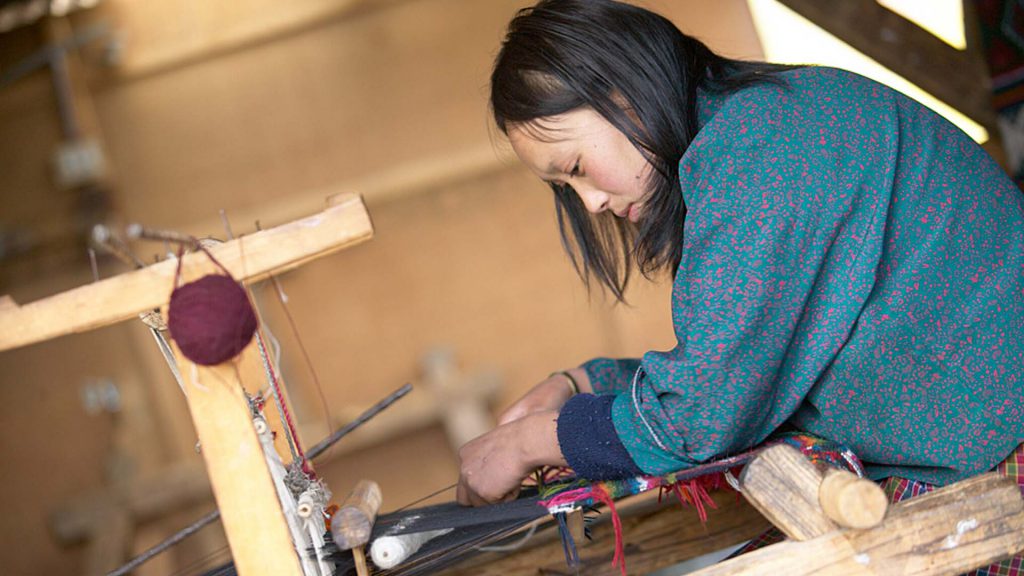
Unveiling Bhutanese Textile
- 15 Nights Bhutanese Textile Tour
- Special Discounts available
- USD 5065 onwards
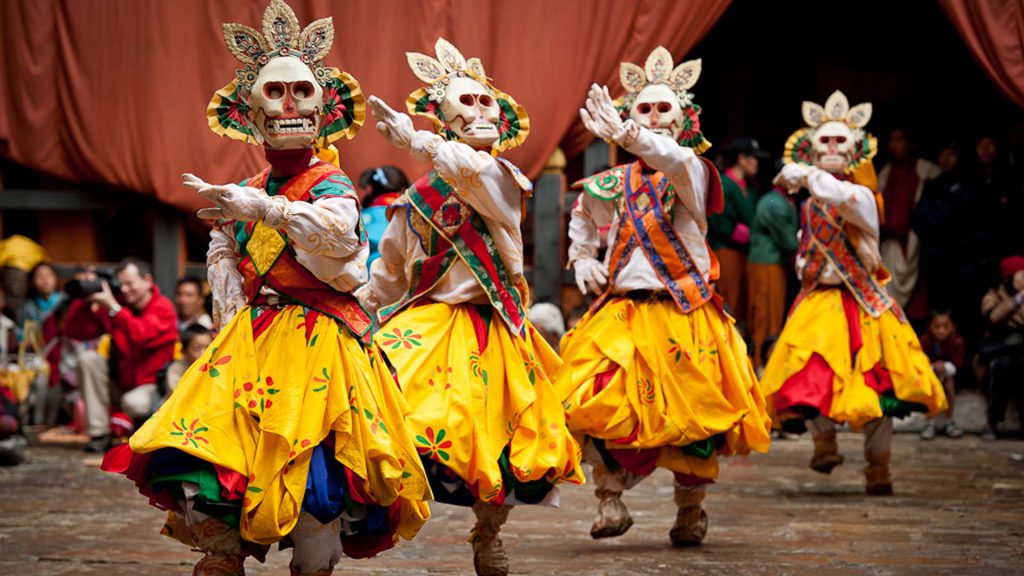
Thangbi Mani Festival Tour
- 10 Nights Bhutan Festival Tour
- Special Discounts available
- USD 3390 onwards
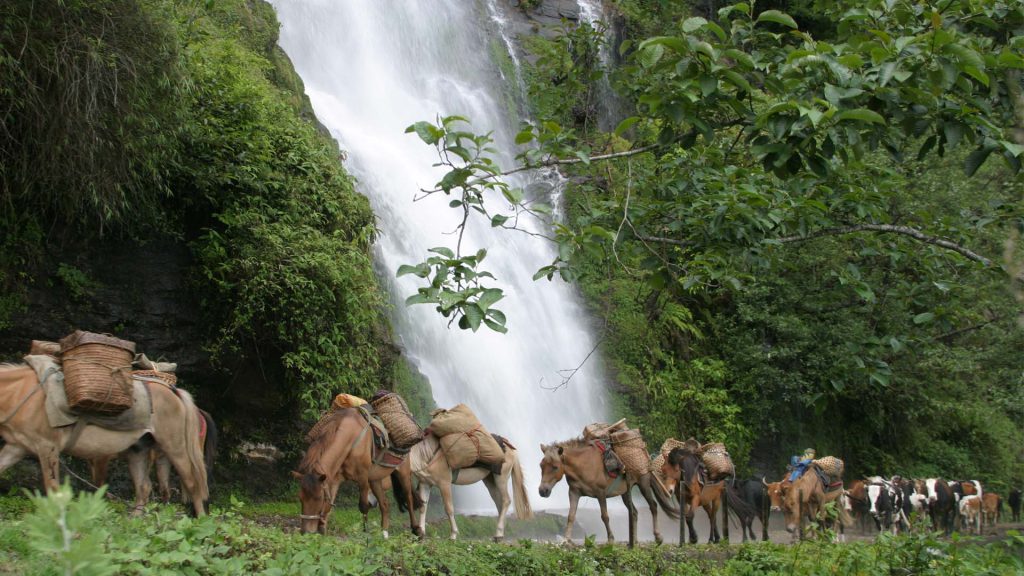
The Dagagla Ancient Trail
- 14 Nights Thimphu to Dagana Trek
- Special Discounts available
- USD 4730 onwards
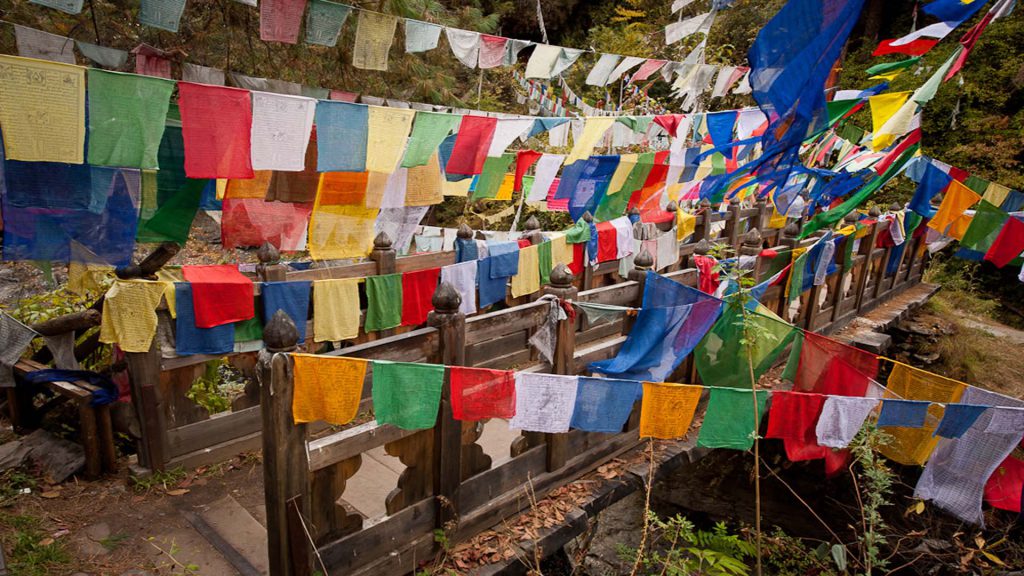
A Photo Journey in Bhutan
- 8 Nights Bhutan Photography Tour
- Special Discounts available
- USD 4070 onwards
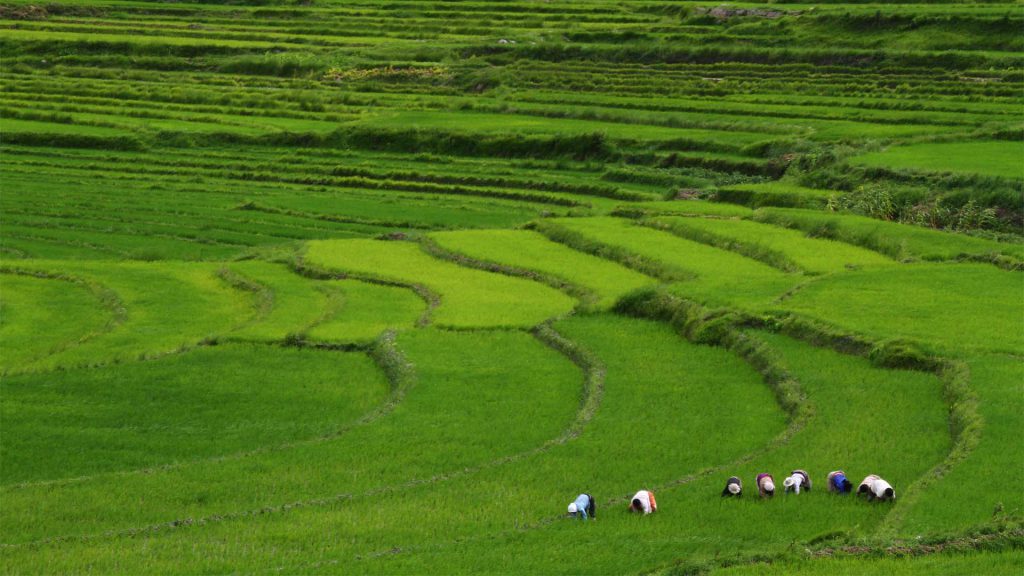
Happiness and Hikes
- 6 Nights Rejuvenating Bhutan Travel
- Special Discounts available
- USD 2050 onwards
